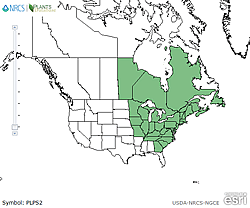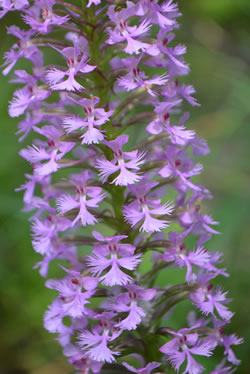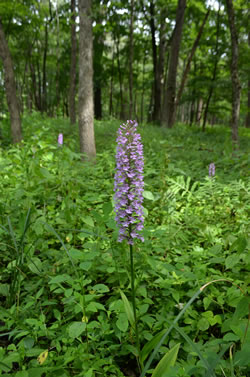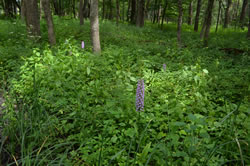Plant of the Week
 Platanthera psycodes range map. USDA PLANTS Database.
Platanthera psycodes range map. USDA PLANTS Database.
 Lesser Purple Fringed Orchid (Platanthera psycodes). Photo by Christopher David Benda.
Lesser Purple Fringed Orchid (Platanthera psycodes). Photo by Christopher David Benda.
 Lesser Purple Fringed Orchid (Platanthera psycodes). Photo by Christopher David Benda.
Lesser Purple Fringed Orchid (Platanthera psycodes). Photo by Christopher David Benda.
 Lesser Purple Fringed Orchid (Platanthera psycodes). Photo by Christopher David Benda.
Lesser Purple Fringed Orchid (Platanthera psycodes). Photo by Christopher David Benda.
 Lesser Purple Fringed Orchid (Platanthera psycodes) stem. Photo by Christopher David Benda.
Lesser Purple Fringed Orchid (Platanthera psycodes) stem. Photo by Christopher David Benda.
 Lesser Purple Fringed Orchid (Platanthera psycodes) habitat. Photo by Christopher David Benda.
Lesser Purple Fringed Orchid (Platanthera psycodes) habitat. Photo by Christopher David Benda.
Lesser Purple Fringed Orchid (Platanthera psycodes)
By Christopher David Benda
One of the most spectacular orchids in the Platanthera genus is the purple-fringed orchid. This member of the orchid family (Orchidaceae) has showy purple flowers with fringed petals. “Platanthera” means “flat anthers,” referring to the broad male reproductive parts of the flower. The species name “psycodes” refers to the fringed petals, which resemble the shape of a butterfly. Psyche, the Greek mythological figure, was represented as a butterfly or winged fairy. Ancients believed that winged animals like birds and butterflies personified the soul, and from this the word “psyche” evolved.
This gorgeous wildflower grows in wet, shaded woods, though in the heart of its range it can grow along roadsides in abundance. This is a tall plant, up to three feet, though the height of the flowering stem can vary. It has a thick flower spike, with flowers in a dense cluster. There are many flowers on each spike, often more than one hundred, and the lower lip is heavily fringed. The flowers also vary in color, from dark pink to purple. Purple flowers with a white lip occur, but pure white flowers are truly rare.
The flowers have a long spur in the back that contains sweet nectar at their base. Flowers are pollinated when moths insert their proboscis down the long nectar tube and are covered by the sticky pollinia near the top of the flower. Then, they fly off to get more nectar from another flower and fertilize the ovary in the process.
Orchids are long sought after and often over collected. The stunning species relies on mycorrhizal associations in the soil and cannot be propagated. It should never be removed from the wild, as it will only die when transplanted.
This perennial orchid prefers habitats that are wet with partial shade, places where the mosquitos are so thick they will carry you away. It primarily occurs in northern states, from Minnesota to Maine, and extends south to northern Georgia.

